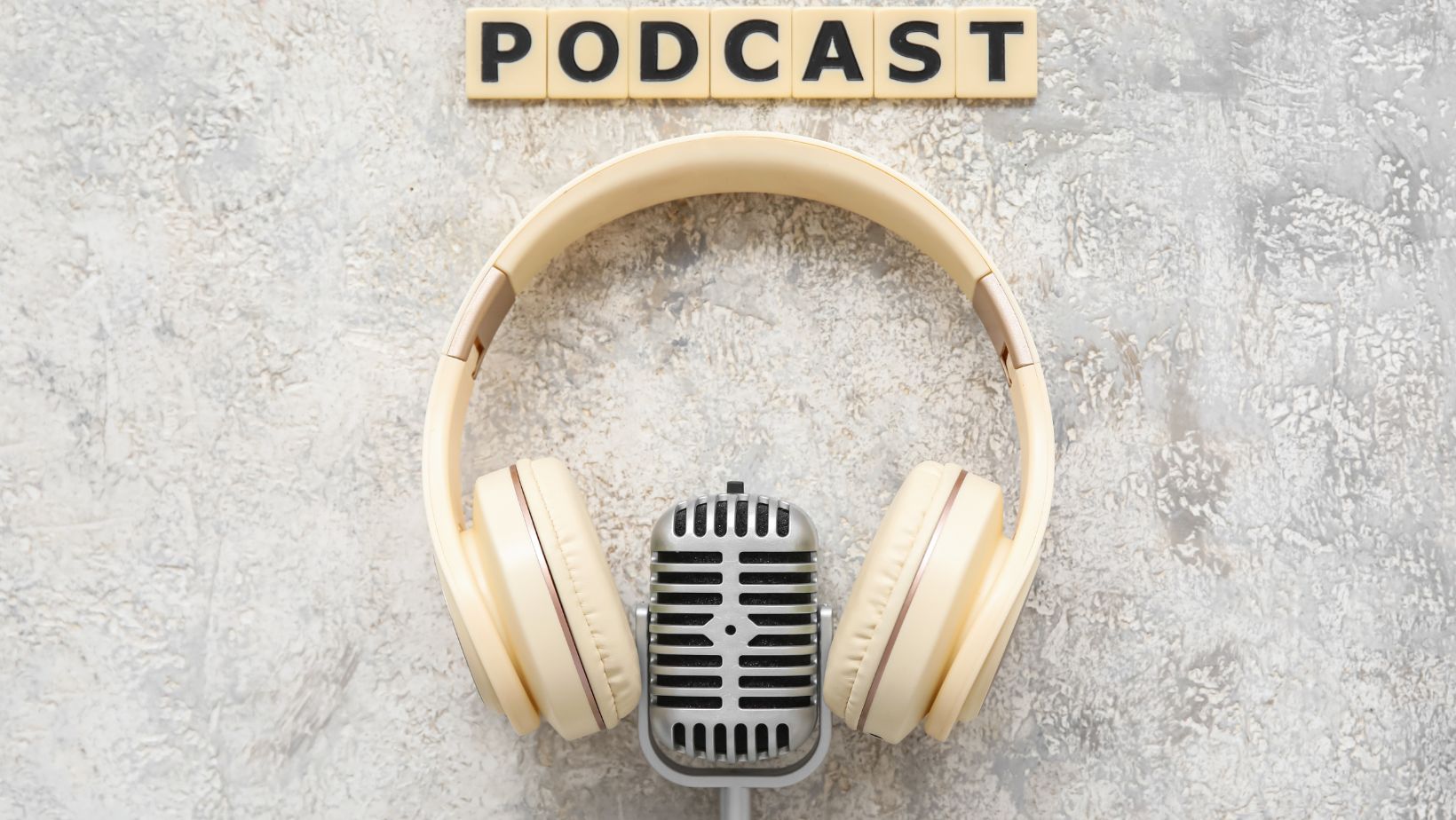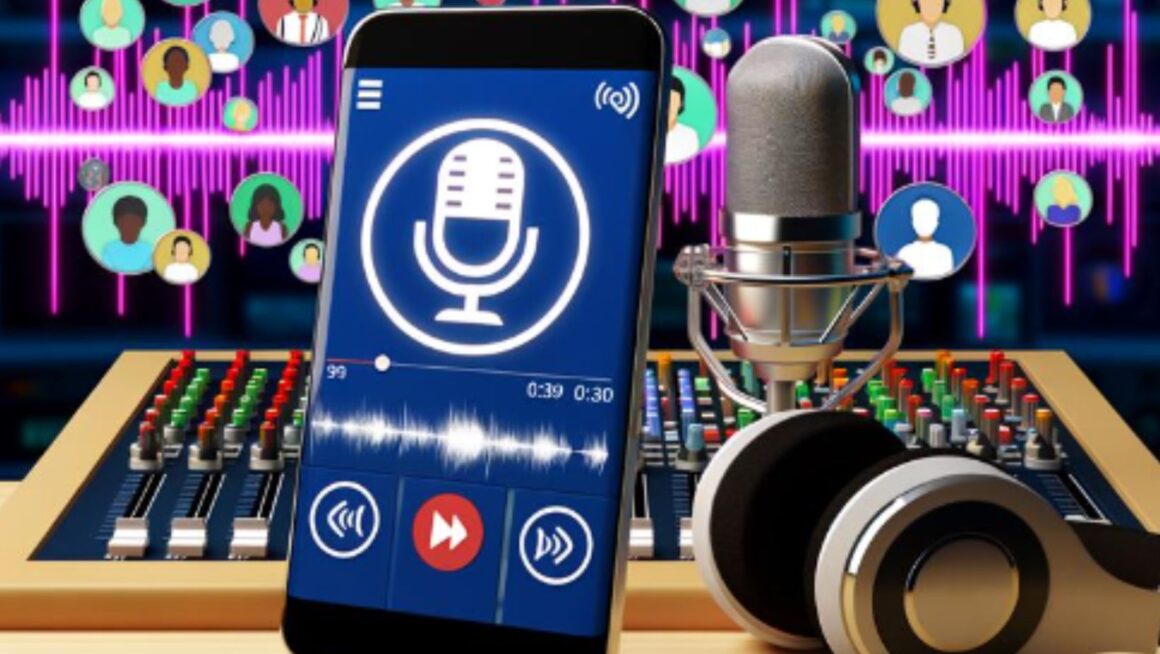It’s interesting that just as podcast popularity has surged, podcast advertising has emerged as a strategic way to reach engaged audiences. You might be wondering how ads in podcasts can offer more than just traditional marketing channels. With listeners who are often educated, financially stable, and within the 18-54 age range, the potential for high conversion rates and brand recall is significant. Imagine leveraging host endorsements and storytelling to create compelling ad content. But how do you measure success and choose the right podcasts for your brand? You’ll find the answers quite compelling.
Understanding Podcast Audiences
To effectively leverage podcast advertising, you need to understand that podcast audiences are highly engaged and loyal listeners who trust the hosts’ recommendations. Demographic analysis reveals that podcast listeners are predominantly between the ages of 18 and 54, with a significant portion holding higher education degrees and disposable incomes. This makes them an attractive target for advertisers looking to reach an educated and financially stable audience.
Understanding listening habits is crucial. Most listeners tune in during activities like commuting, exercising, or doing household chores, ensuring focused attention. According to Edison Research, 80% of podcast listeners consume most or all of each episode, highlighting the deep engagement levels. This commitment means that your ads are more likely to be heard in their entirety, increasing the potential for conversion.
Additionally, listeners often develop a strong bond with podcast hosts. This trust translates to higher credibility for the products or services being advertised. By tapping into this bond, you can effectively integrate your message into the listener’s routine.
Therefore, a well-executed demographic analysis combined with an understanding of listening habits can significantly enhance the impact of your podcast advertising campaigns.
Benefits of Podcast Ads
Podcast ads offer a unique advantage by delivering messages to an engaged and loyal audience, resulting in higher conversion rates compared to traditional advertising mediums. With listener engagement rates soaring at around 80%, podcast ads can capture attention in ways banner ads or TV spots simply can’t. This high engagement translates to better recall and, ultimately, more effective advertising.
You can leverage precise ad targeting to reach specific demographics and interests, ensuring your message hits the right ears. Unlike blanket advertising approaches, podcast platforms use data analytics to match ads with relevant content, making your investment more efficient. Studies show that 54% of podcast listeners are more likely to consider buying from brands they hear advertised on their favorite shows.
Moreover, the intimate nature of podcasts—often consumed during personal time—means listeners are more receptive to ads. This personal connection can foster a sense of trust and loyalty, amplifying your brand’s credibility. By integrating your ads seamlessly into the podcast experience, you avoid the pitfalls of intrusive advertising.
Types of Podcast Ads
When exploring podcast advertising, you’ll find several distinct types of ads that cater to different marketing goals and audience engagement strategies. One prominent type is host endorsements, where the podcast host personally vouches for your product or service. This method leverages the trust and credibility hosts have with their listeners, making it highly effective.
According to a study by Nielsen, host-read ads are 71% more likely to be remembered by listeners compared to other types of ads.

Another important aspect to consider is ad placement. Pre-roll ads appear at the beginning of the episode and capture listeners’ attention right away. Mid-roll ads, placed in the middle, benefit from engaged listeners who are already invested in the content. Finally, post-roll ads come at the end and often serve as a final call-to-action.
Each placement has its own set of advantages; for instance, mid-roll ads typically have higher completion rates.
Creating Effective Ad Content
Understanding the types of podcast ads and their placements sets the stage for crafting compelling ad content that resonates with your audience. To create effective podcast ads, lean on storytelling techniques. Start by identifying a relatable problem that your product or service solves. Use a narrative format to illustrate this problem and its solution, making listeners feel connected to the story.
Incorporate emotional resonance by tapping into the feelings and experiences of your target demographic. Data shows that ads with emotional appeal are significantly more memorable and influential. For instance, if your audience is young parents, frame your product as a solution to a common parenting challenge. Share a brief, heartwarming story that speaks directly to their concerns and aspirations.
Keep your message clear and concise. Research indicates that the most effective podcast ads are between 15 and 30 seconds long. Use this time wisely by focusing on a single, compelling message. Don’t forget to include a strong call to action, urging listeners to visit a website or use a discount code.
Measuring Ad Success
To gauge the effectiveness of your podcast ad campaigns, you’ll need to track a variety of key performance indicators (KPIs) that provide actionable insights. Start by leveraging attribution models to understand how your ads drive listener actions. These models can help you pinpoint which specific ads are leading to conversions, be it website visits, product purchases, or app downloads. By using unique promo codes or custom URLs, you can directly attribute results to your podcast ads, offering clear data on their impact.
Listener surveys are another invaluable tool. Conduct post-campaign surveys to gather feedback directly from your audience. Ask them if they recall your ad, if they found it relevant, and whether it influenced their behavior. This qualitative data complements the quantitative metrics from attribution models, giving you a fuller picture of your ad’s performance.
Additionally, monitor metrics like download numbers, listener engagement rates, and social media interactions. These KPIs can indicate how well your ad resonates with the audience.
Choosing the Right Podcasts
After mastering the measurement of ad success, it’s time to focus on choosing the right podcasts that align with your target audience and campaign goals.
Start by diving into niche selection. Identify podcasts that cater specifically to your industry or product. For instance, if you’re promoting fitness gear, target health and wellness podcasts. This ensures your message reaches listeners who are already interested in similar topics, increasing the chances of engagement.
Next, analyze audience demographics. Look for podcasts whose listener profiles match your ideal customer. Key metrics include age, gender, location, and interests. Platforms like Podchaser and Charitable offer detailed insights into podcast audiences. Leverage these tools to make data-driven decisions about where to place your ads.

Additionally, consider podcast size and reach. While it might be tempting to go for the most popular shows, don’t overlook smaller podcasts with highly engaged audiences. Often, these niche podcasts cultivate a loyal listener base that trusts the host’s recommendations, making your ad more impactful.
In short, effective podcast advertising relies on strategic niche selection and thorough analysis of audience demographics. By placing your ads in the right podcasts, you’ll maximize reach and return on investment.
Conclusion
You’ve seen the significant, strategic strengths of podcast advertising. By tapping into targeted, tech-savvy listeners, brands build bonds and boost business.
Craft compelling content, choose the right podcasts, and consistently check key metrics to maximize your marketing magic.
Podcast ads aren’t just peripheral promotions; they’re powerful, proven pathways to higher conversion rates and brand recall. Invest in this innovative approach, and you’ll see substantial success.
Podcast advertising isn’t just a trend; it’s a transformative tool.




